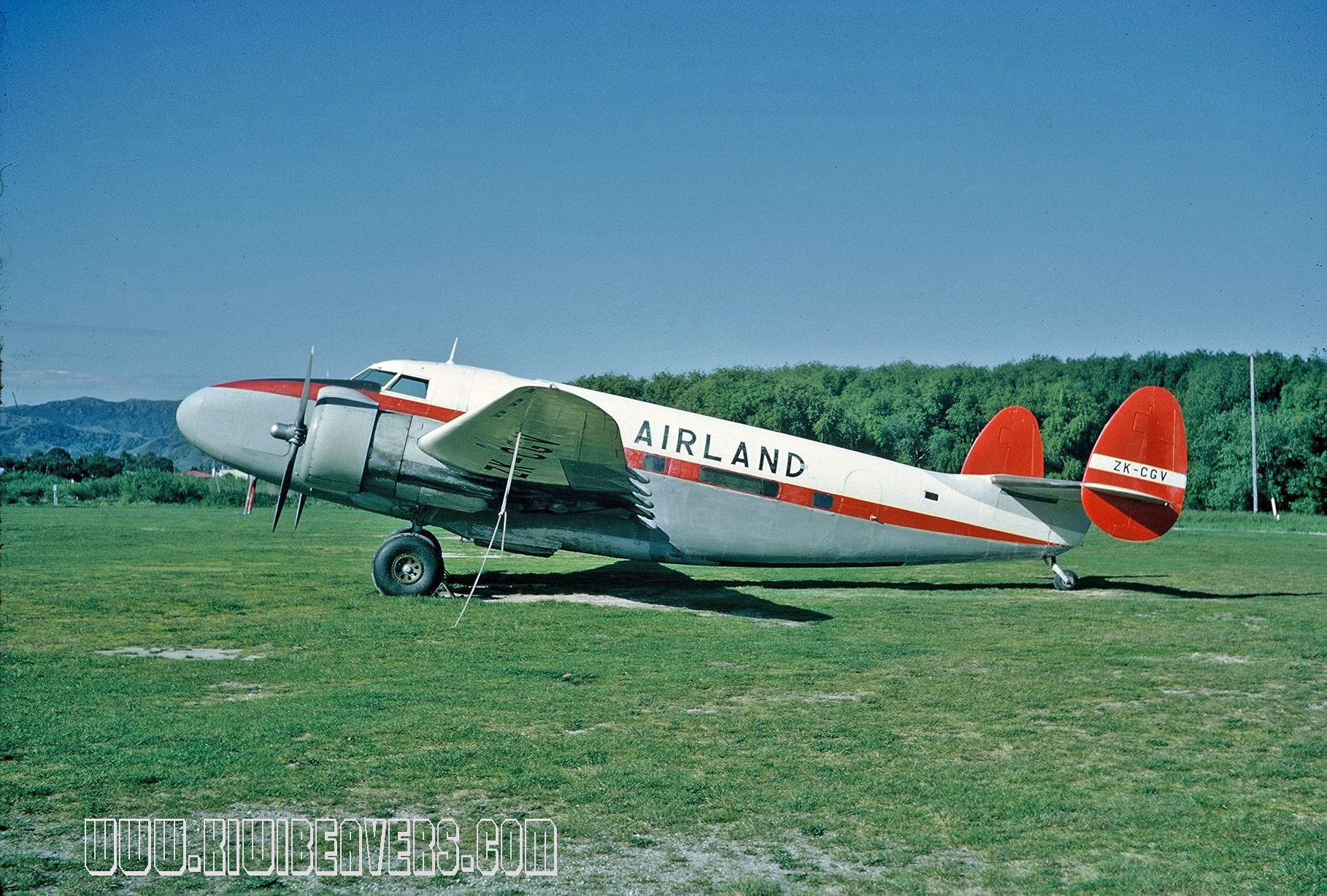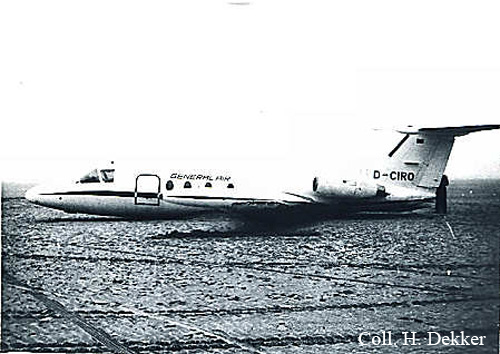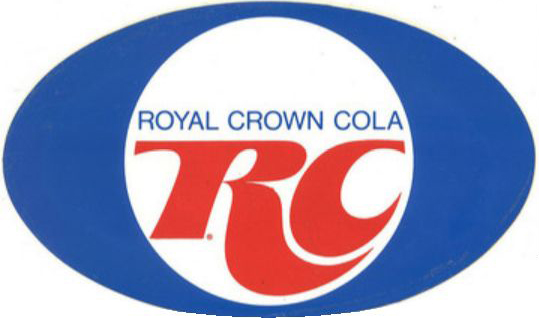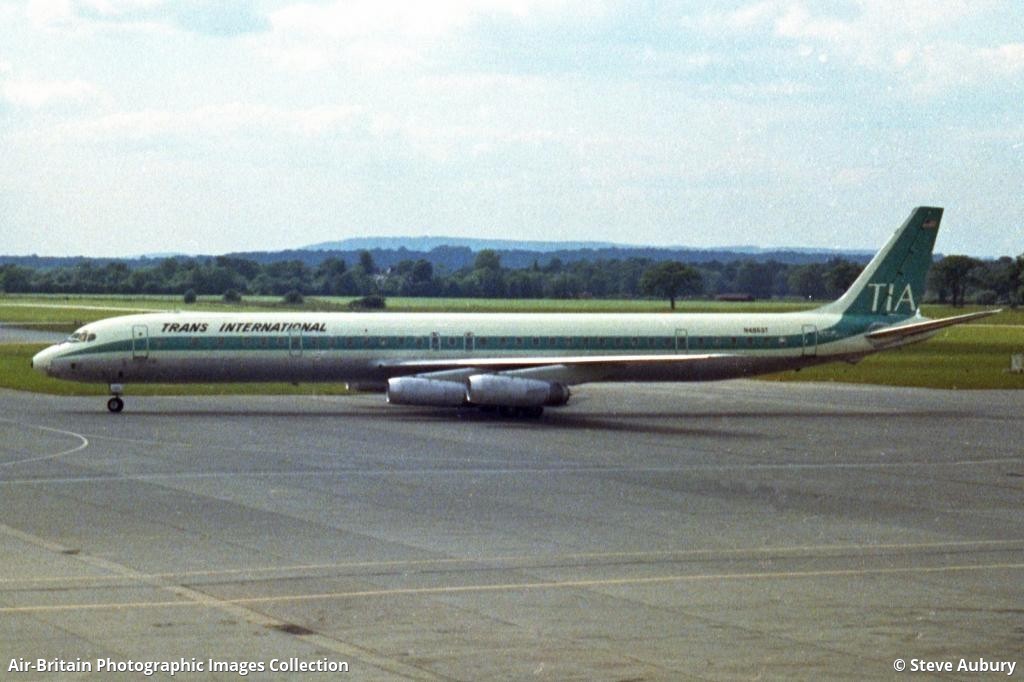Crash of a Lockheed 18-56 LodeStar off Napier
Date & Time:
Apr 24, 1971
Registration:
ZK-CGV
Survivors:
Yes
MSN:
2051
YOM:
1940
Crew on board:
1
Crew fatalities:
Pax on board:
0
Pax fatalities:
Other fatalities:
Total fatalities:
0
Circumstances:
While on approach to Napier-Hawke’s Bay Airport, the airplane went out of control and crashed into the Napier harbor. The pilot was rescued by fishermen while the airplane sank and was lost.
Probable cause:
Loss of control on approach after a flap control cable broke on the right wing, causing a flap to extend unexpectedly.










